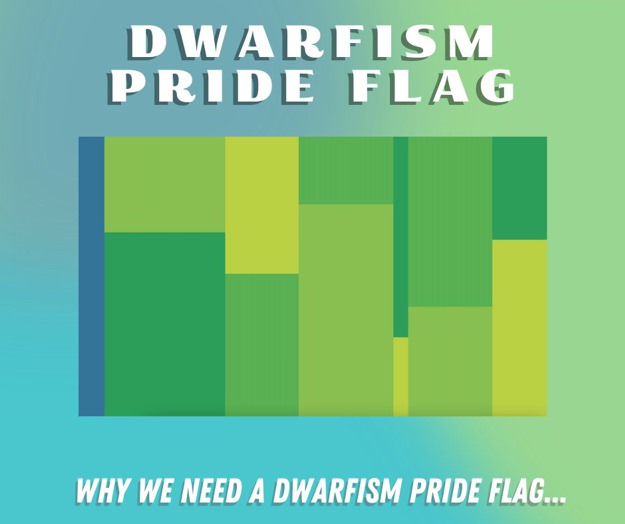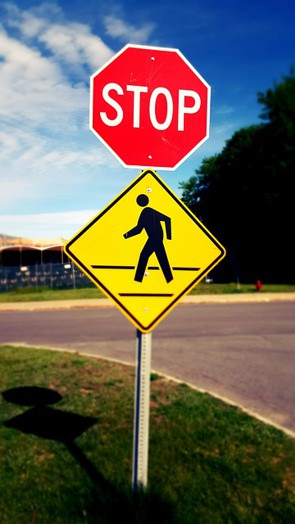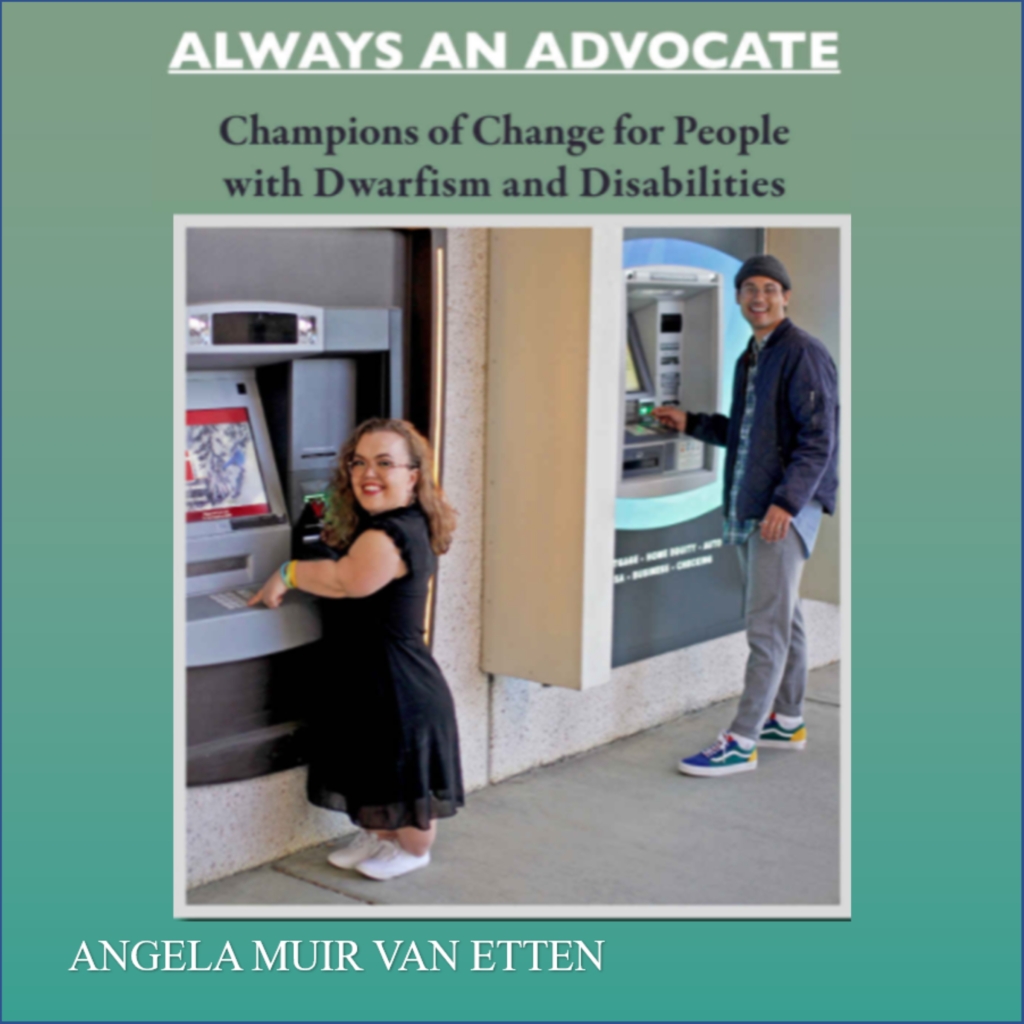
Four years ago in July, my first blog post was uploaded. I even guaranteed to remember the first person to write a comment. Thanks to Donna H. for being first and to all the commenters that followed with encouragement and expertise.
I prayed that this blog would be a positive experience for readers and help bring me closer to those who share my passion. If the eight guest posts and 446 comments on 200 plus posts are any indication, I’d say these prayers have been answered.
Want to subscribe to receive blog updates sign up today!
My motivation for writing this blog is to be a voice for people with dwarfism and other disabilities, guided by faith and justice. I have ventured to do this by incorporating excerpts from my dwarfism memoir trilogy—Dwarfs Don’t Live in Doll Houses, Pass Me Your Shoes, and Always An Advocate—and writing original material related to calendar events, my activities, and issues crying out for attention.
Readers can subscribe to the blog or see links to posts on social media. It’s a great boost when posts are shared in a reader’s own network. Totally unexpected was the thrill of Feedspot selecting my blog as one of the Top 100 Disability Blogs on the web! As a result, a link to one of my posts is regularly featured in a Feedspot email.
It’s hard to predict how well a post will be received. Sometimes I’m surprised when a post either garners no response or racks up numerous comments. I’ve concluded that people relate best to posts with personal stories. This is apparent from three posts with the most comments:
- First: First Time (July 27, 2020).
- Second: Crashing Into My 70th birthday (August 28, 2023).
- Tied for third:
- Finding Hugo (September 26, 2022).
- Celebrate People Blessed with Down Syndrome (March 22, 2021).
Writing a weekly post has been challenging for many reasons, but I’ll only mention two. On the health front Robert and I both had a brush with death and stint in ICU. Robert for end stage renal disease requiring dialysis three times a week, and me for COVID-19 that put me into a coma. We have also weathered multiple surgeries. For me it was about the eyes—cataracts, laser, and vitrectomy leaving me totally blind in my left eye; for Robert it was about his bladder. Physical therapists have worked with Robert at home off and on to strengthen his legs to stop falling and regain mobility. Despite best efforts, Robert no longer drives and I don’t drive at night. I have also picked up the caregiver role for his personal and medical needs.
The second time guzzler relates to publication of my dwarfism memoir trilogy. Writing was the easy part, but connecting with readers involves book launches, book reviews, media interviews, presentations, and networking—all necessary but time consuming tasks.
I mention all this as background to my decision to reduce the frequency of future posts from weekly to the first and third Mondays. This will ease scheduling pressure and increase post quality.
Image credit: Peggy und Marco Lachmann-Anke from Pixabay
You can read past posts or subscribe to future posts on Angela’s blog at https://angelamuirvanetten.com/blog/.



